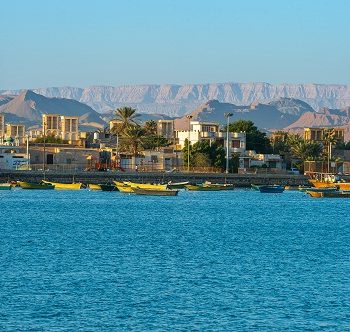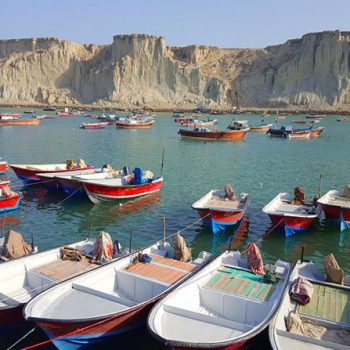The south of Iran, with more than two thousand kilometers of coastline, has always played a key role in the economy of this land. Seafaring, fishing, trading, export, and import of goods and especially the production and exportation of oil and petrochemicals have been necessary for the economy of the region and the country.
Traditional architecture and urbanization on the southern coasts of Iran are unique and exceptional. Especially in Bushehr, Safin, Lengeh, Kong, Loft, and many others, special and unique features can be seen in the traditional context and compared to other cities in Iran, it is in better condition.
Similar to this traditional framework can be seen only on the other side of the Persian Gulf and the Gulf of Oman in ports such as Manama, Qatar, Dubai, Sharjah, and Muscat. The traditional district in the ports of the Arabian coast, such as houses, mosques, and markets, as well as the shape of wind catchers, decorations, and types of materials, are very similar to the ports of the southern coasts of Iran. The historical and restored neighborhood, Bastakiya, was built in the late 19th century by Iranian immigrants in Dubai, and the new Al-Saif neighborhood in Dubai was built following Bastakiya architecture and urban development.

Conference Objectives
- Analyzing the cultural and economic characteristics of Iran’s southern ports
- Analyzing historical and contemporary architecture and urbanization features of the southern ports
- The role of architecture and urbanization in the southern coasts of the country with an economic development approach in the field of tourist attraction, trade facilitation, Seafaring, and international exchanges
- Comparative comparison of architecture and urbanization in the north and south coasts of the Persian Gulf and the Sea of Oman
- Comparative economic comparison of ports and free zones of north and south of the Persian Gulf and the Sea of Oman
- Analyzing architecture and urbanization perspectives in free zones and other southern ports of the country















